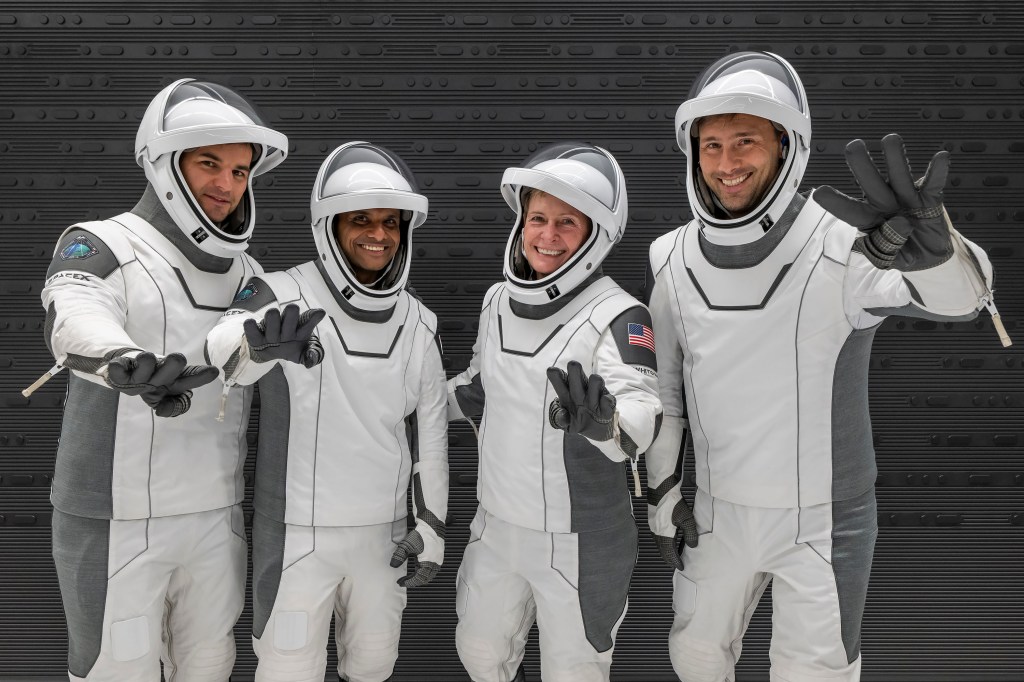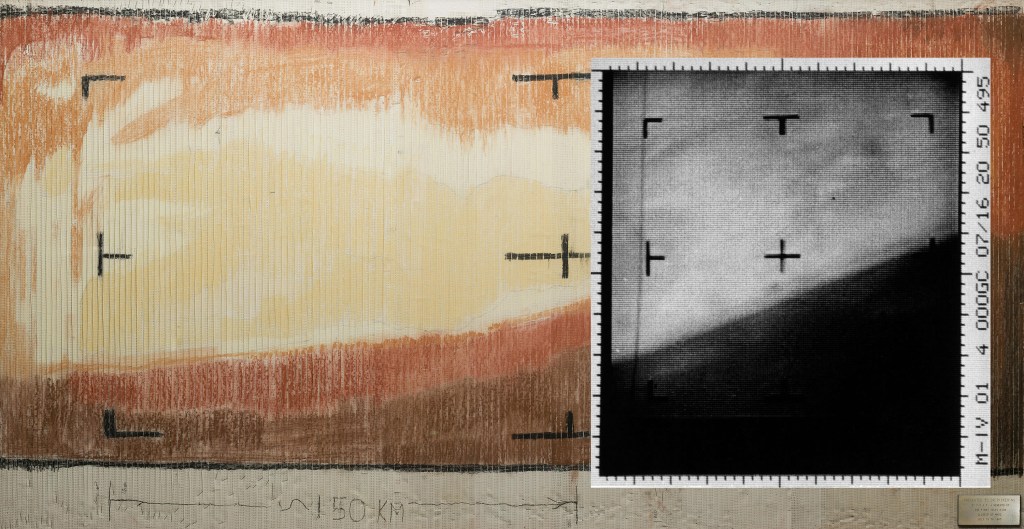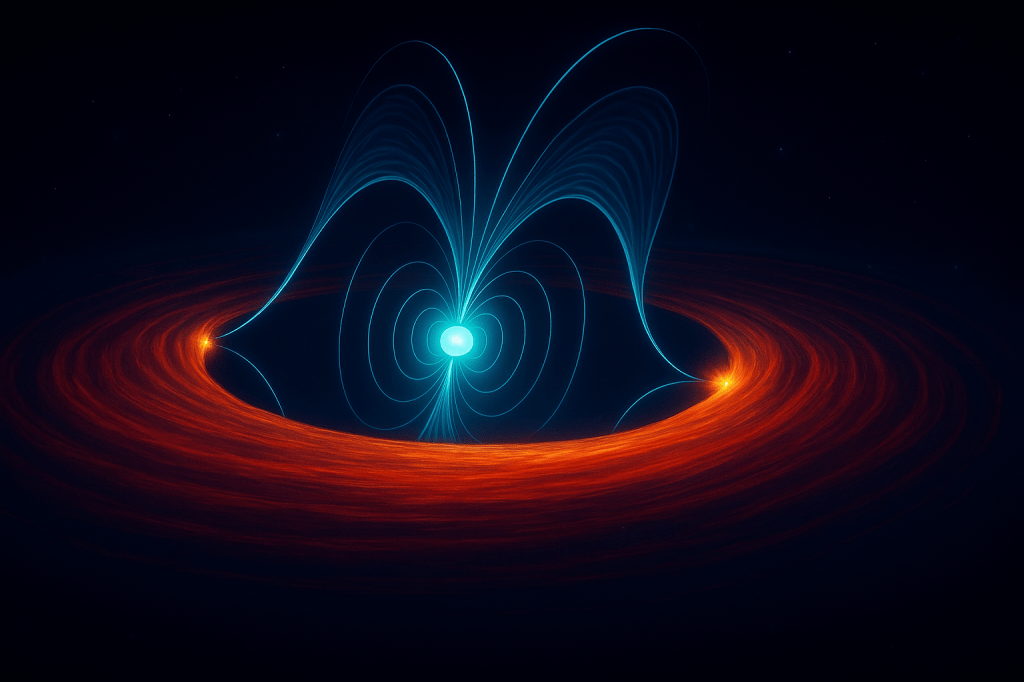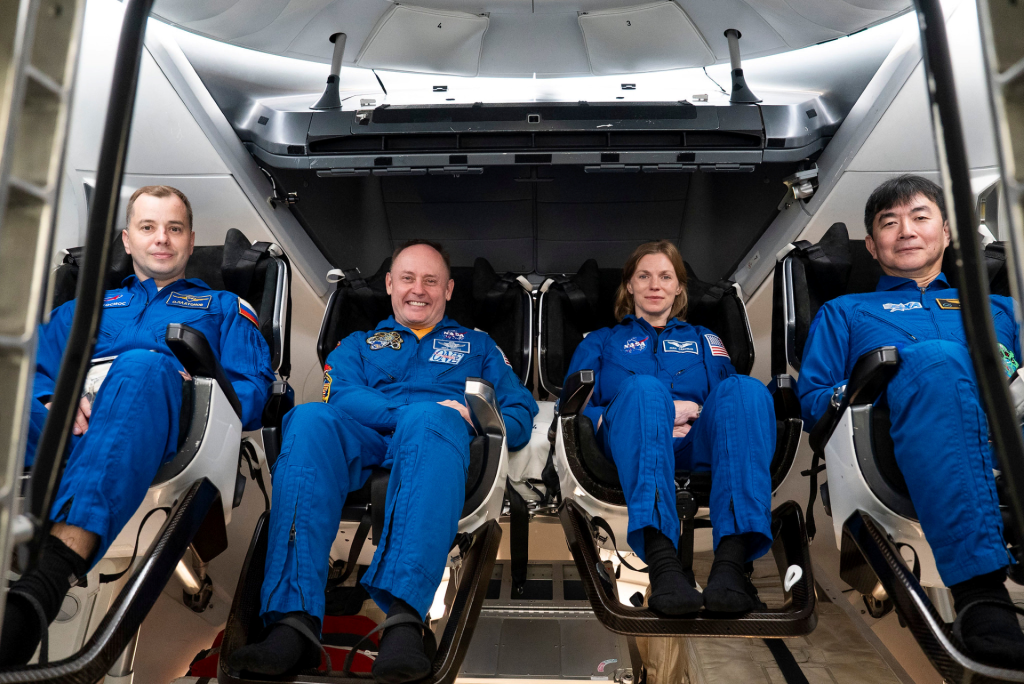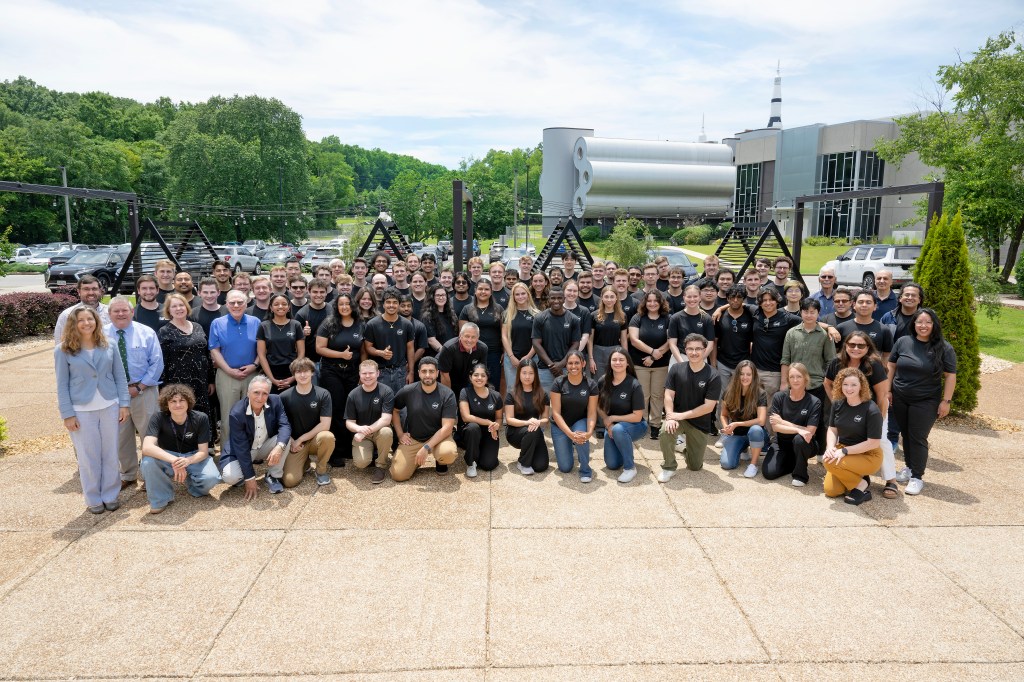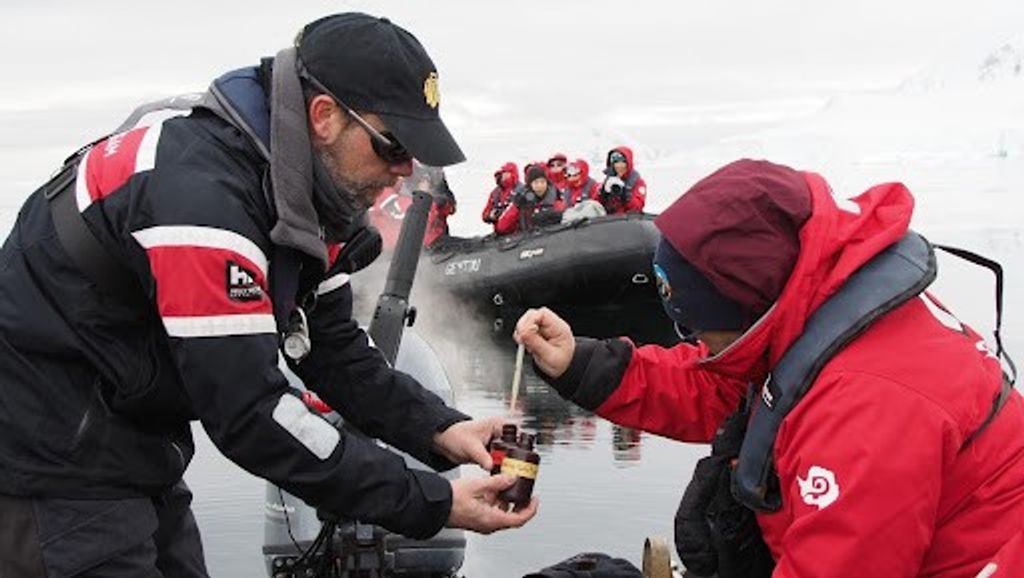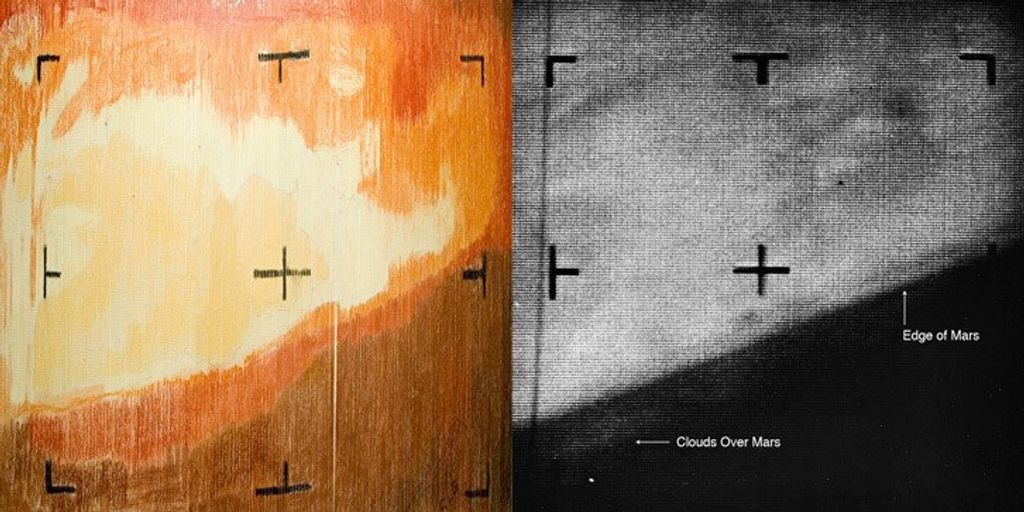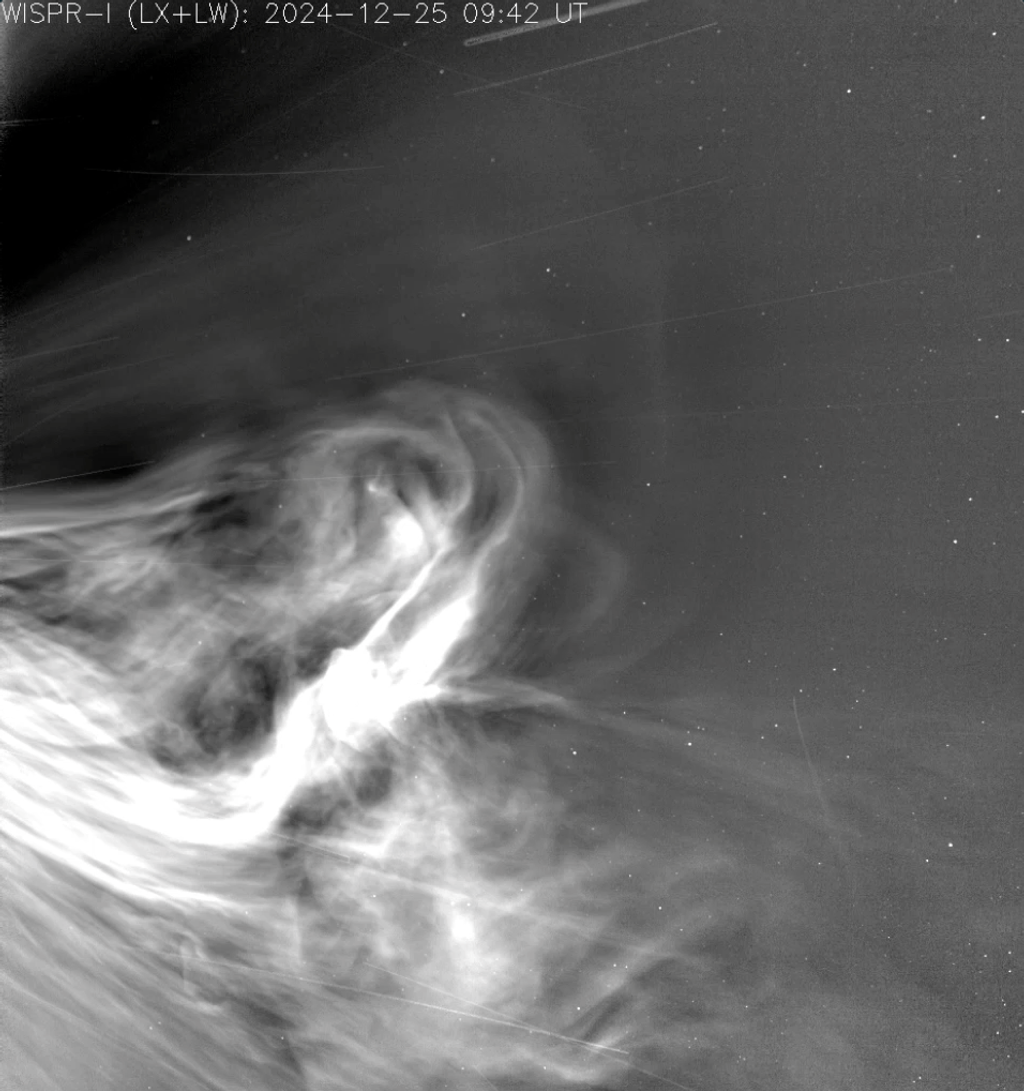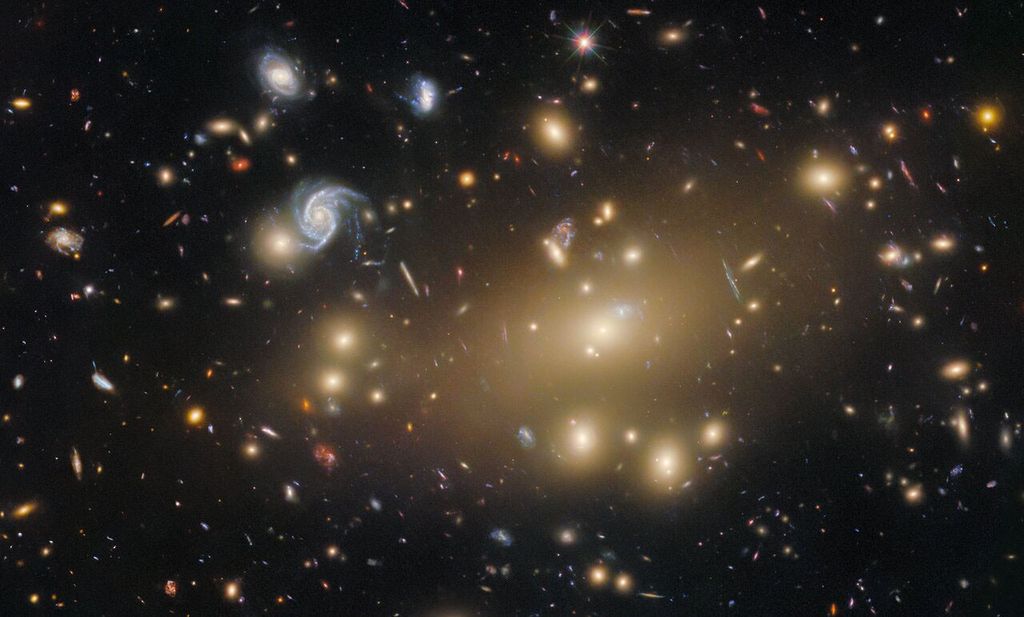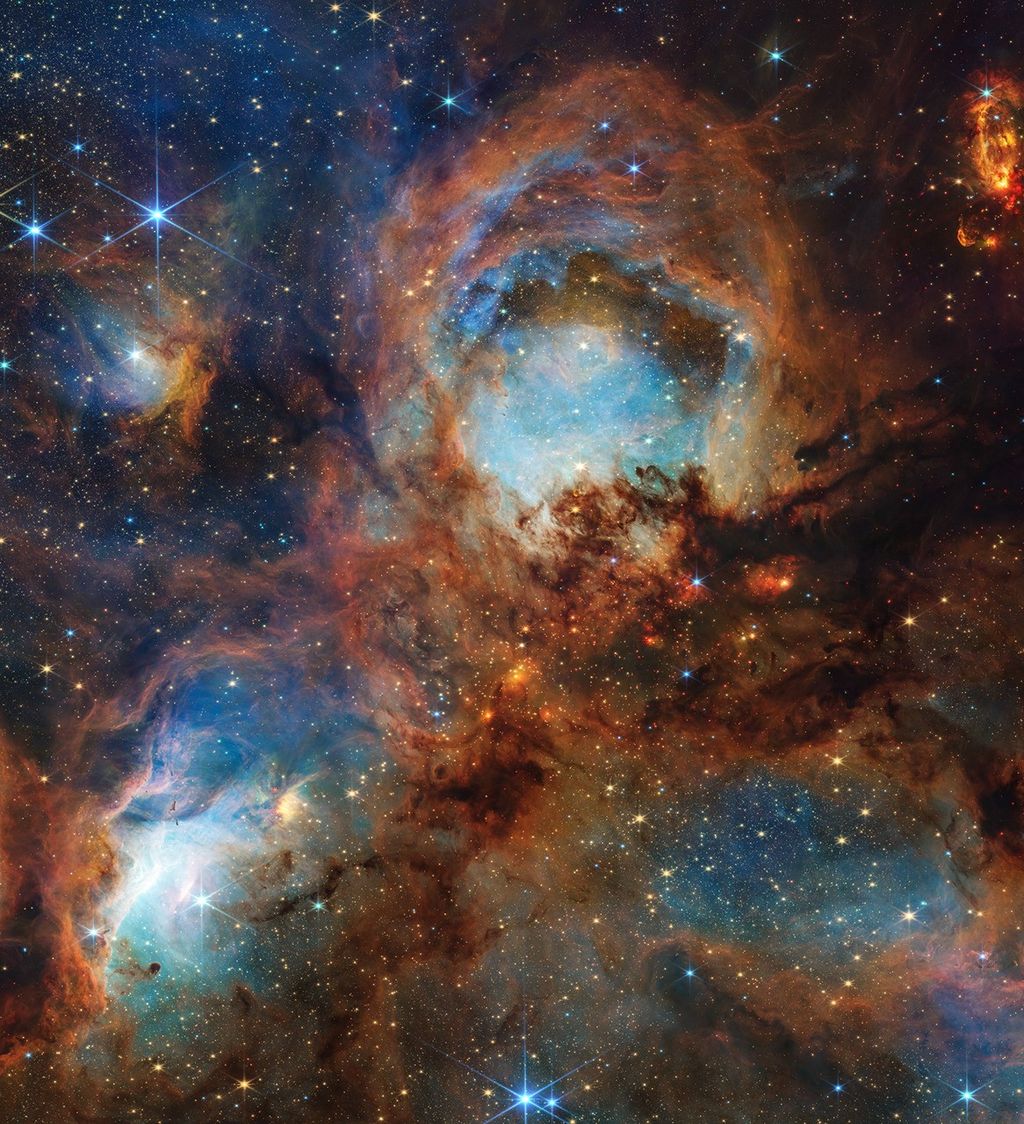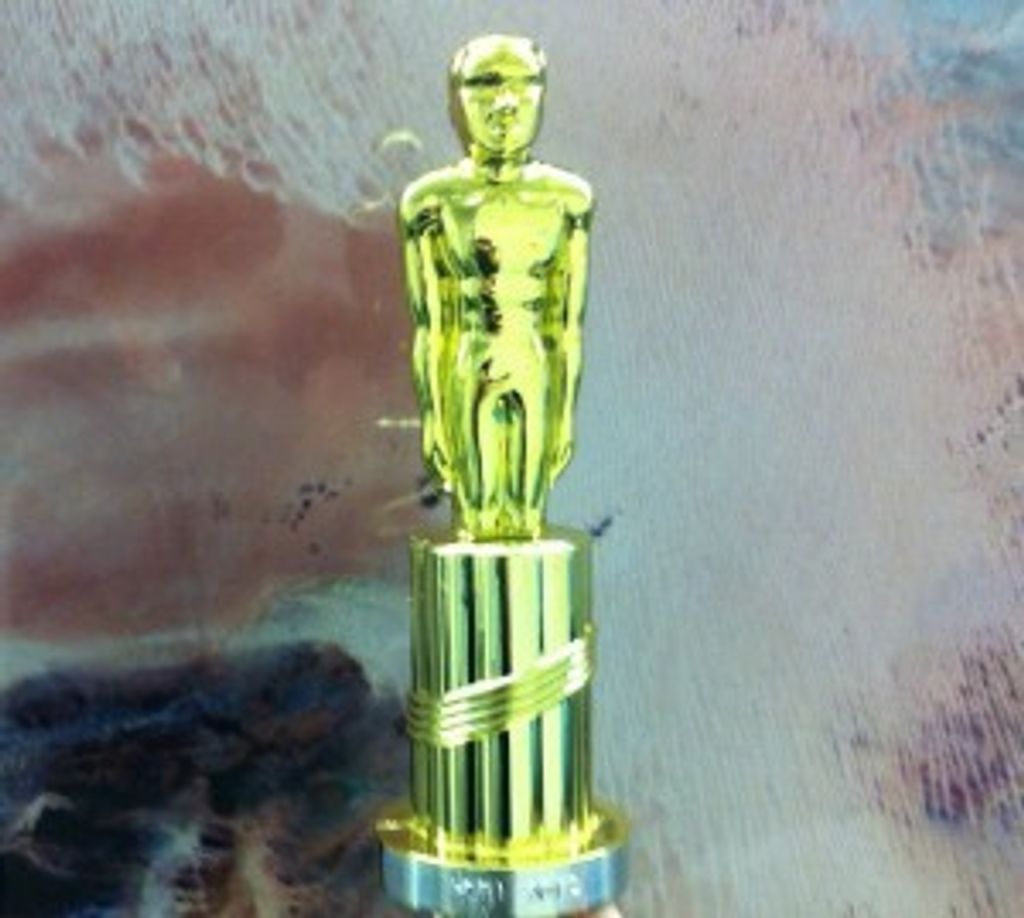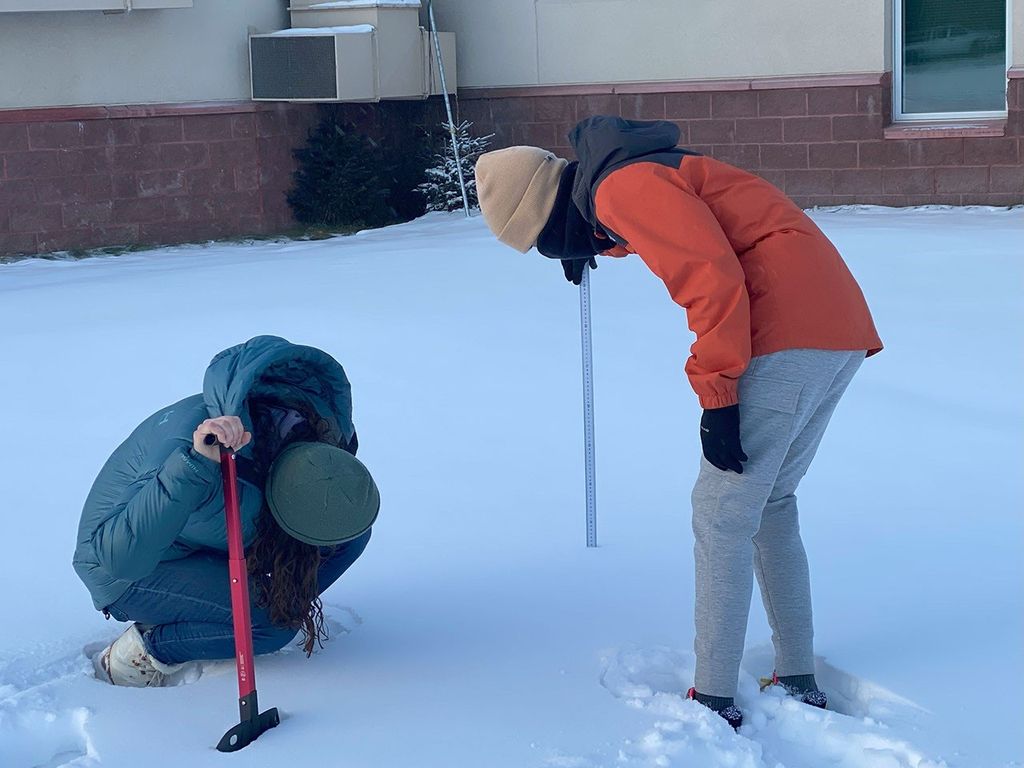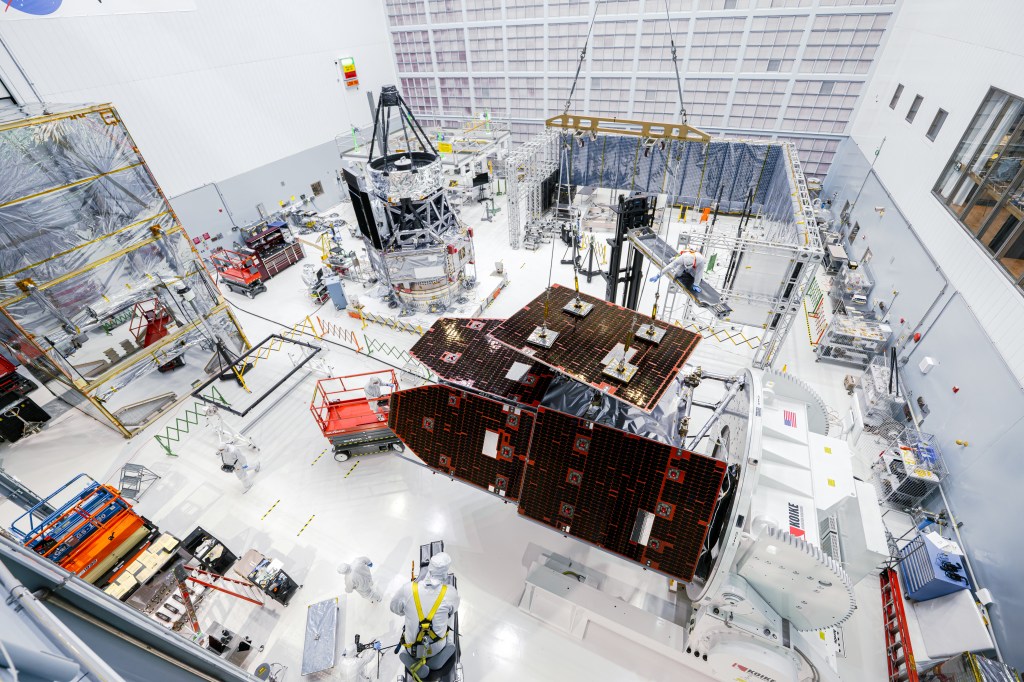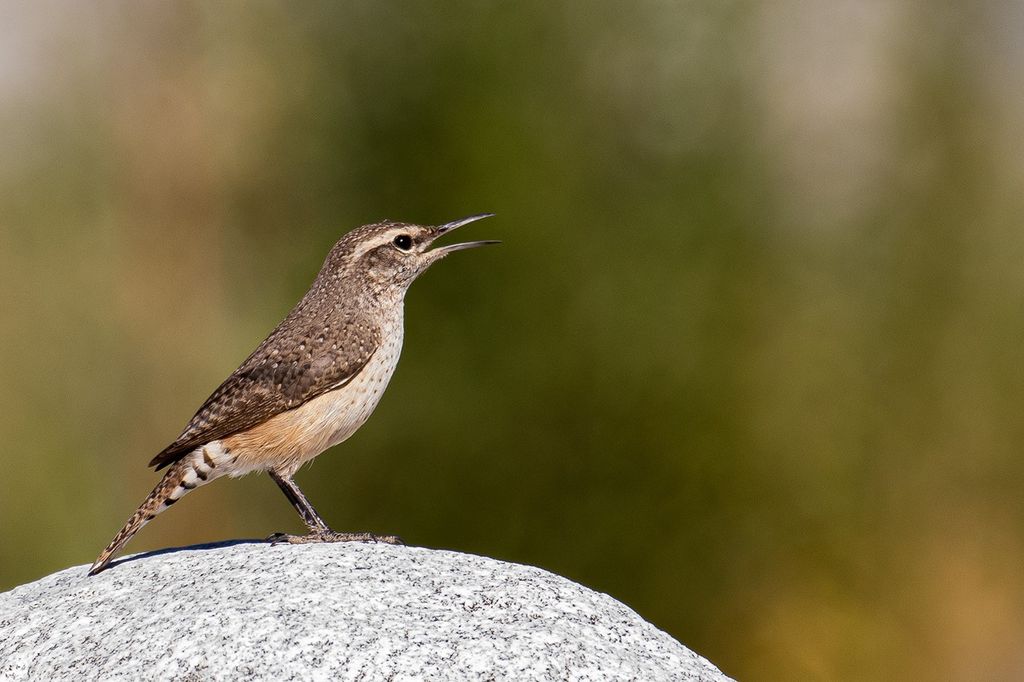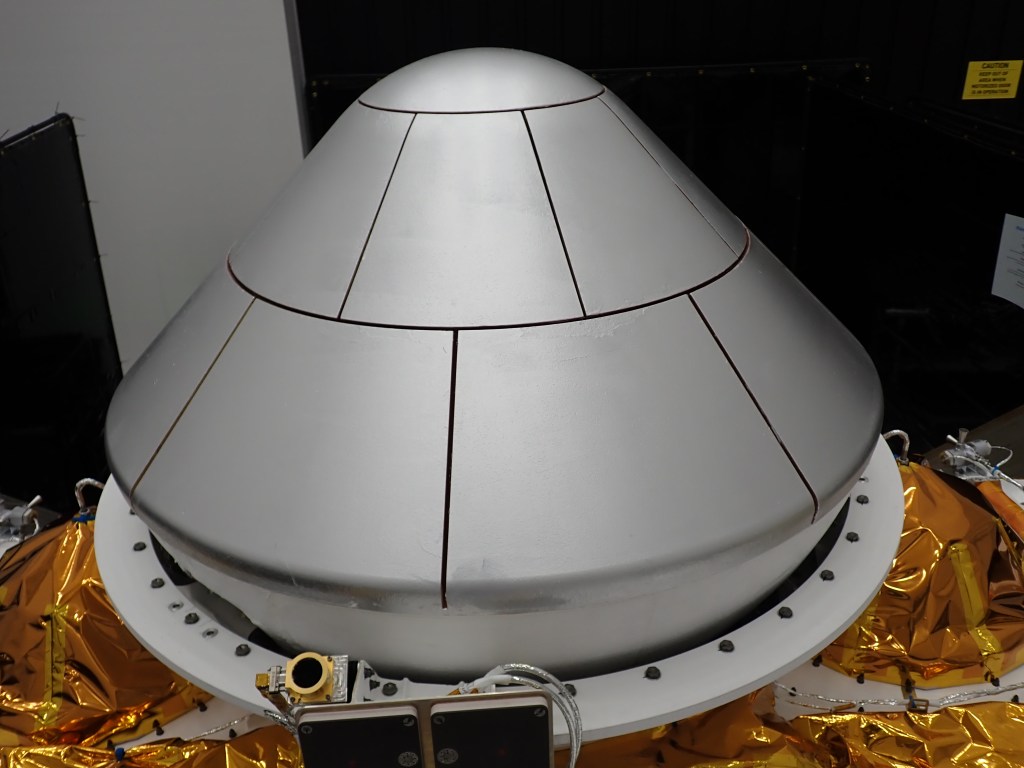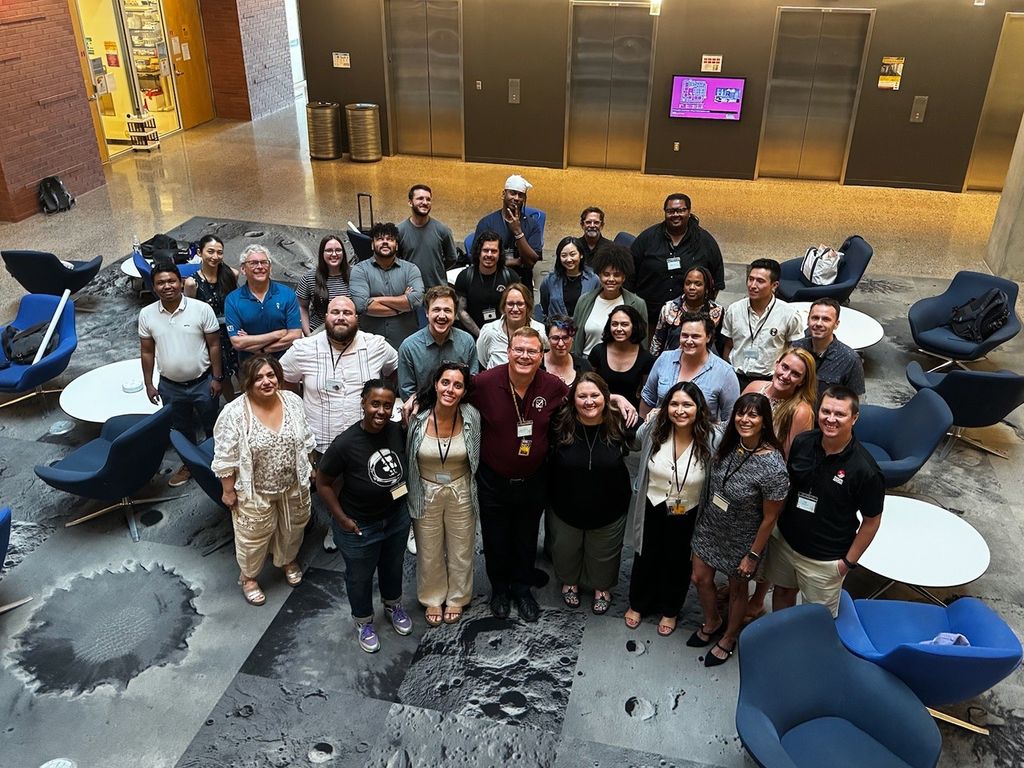NASA Scientist for a Day 2019-2020: Target No. 2 – Triton
| Credit | NASA/JPL-Caltech |
|---|---|
| Language |
|
NASA Chemist Sabah Bux describes the second potential target for Scientist for a Day contestants: Neptune's moon Triton.
Scientist for a Day challenges students in grades 5-12 to think like scientists. Examine real spacecraft images of Uranus’ moon Miranda, Neptune’s moon Triton, and Pluto’s moon Charon. Choose the destination you think would be the best place to return with another spacecraft to learn even more about these amazing worlds. Support your choice in an essay of no more than 500 words.
Details: https://solarsystem.nasa.gov/scientist-for-a-day/home/
Transcript
- [exciting orchestral music]
>> Hi, my name is Sabah. I'm a chemist at NASA's Jet Propulsion Laboratory in Pasadena California.
I'm a part of NASA's Radioisotope Power Systems program and my job is to develop advanced materials for spacecraft.
I think we should learn more about Neptune's largest moon, Triton. We first saw this up close in 1989, when the Voyager 2 spacecraft flew by. But it only took pictures of the side of Triton that it could see. Scientists saw a terrain that looks like the surface of a cantaloupe and found out Triton has geysers erupting nitrogen gas. It's the only large moon in our solar system that orbits its planet in the opposite direction, something called a retrograde orbit. There is so much more to learn about Triton. If we could send a spacecraft to orbit this moon, we would find out a lot of interesting features that would help scientists understand how planets and moons form.
I think you should pick Triton. Find out more about this moon and write an essay explaining why you think it's the best choice. We can't wait to read your essay.
[exciting orchestral music]


